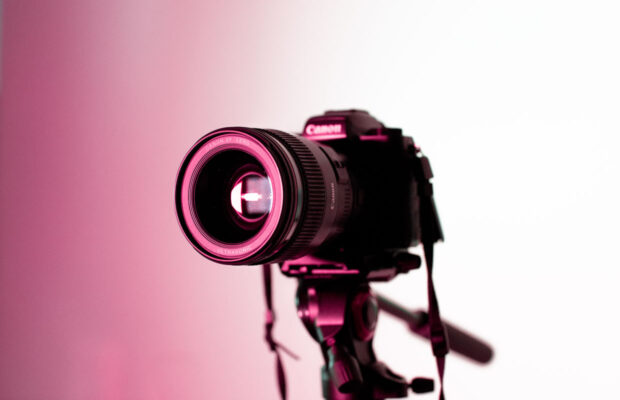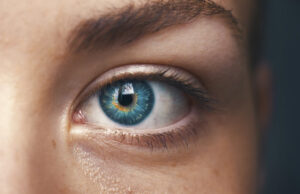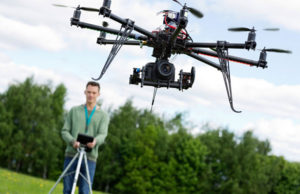How AI Is Revolutionizing Photography Today

It may not be obvious, but artificial intelligence (AI) has always been used in photography. One example is auto white balance, which Techopedia defines as a photography technique that aims to render neutral tones accurately. Modern cameras use AI for this, examining the scene you’re capturing and adjusting the tones accordingly. Another use of AI is in auto red-eye correction. Red eyes happen because light reflects from the pupil back to the camera, affecting how a subject looks. With AI in auto white balance and auto red-eye correction, photographers need not worry about manual camera setting adjustments and long editing processes.
Thanks to technological advancements, AI today has more advanced roles — aside from those above — that are revolutionizing photography. Below are a few of them:
It Heightens Camera Autofocus
Autofocus already exists in current cameras but still has several problems, like focusing on the wrong subject or lacking contrast. Fortunately, AI is here to solve these challenges. The Fujifilm X-T5 uses deep-learning AI for better autofocus. This is especially useful for capturing moving subjects like athletes, animals, or vehicles. What makes this possible is the camera’s seven stops of compensation, meaning it can freeze 20 frames with one click of the shutter. This changes the photography game by enabling you to take clearer and more accurate photos than ever before, all without requiring you to manually fix your autofocus or use a tripod.
It Captures Minute Details
Today’s cameras have high megapixel capacities, allowing for more precise and detailed photos. This is why it’s surprising to know that AI can take it a step further. The Google Gigapixel uses AI to capture the tiniest details of a subject, like a colorful painting. This camera photographs a subject bit by bit to make sure every attribute is in it. Then, it melds all the pieces together to form a cohesive and extremely detailed photograph. This revolutionary technology is perfect for preserving and sharing photos of artwork and paintings. In fact, the camera has already taken and uploaded over 50 famous works to the internet so people worldwide can better appreciate art.
It Recognizes Subjects Better
Face detection is a struggle for many photographers, more so when trying to capture a single subject among many faces. This is where AI’s applications in security come in handy. The Olympus OM-D E-M10 Mark IV has a detection algorithm that presents more accurate face detection and tracking. Its Face/Eye Detection technology makes this possible, so you can take great pictures even when your subject’s face is partially obscured or turned to the side. A feature like this is advantageous for taking photos of fussy kids and important people at events, like brides at weddings or celebrities on red carpets.
It Improves Color Accuracy
Post-processing is reserved for enhancing raw images by adjusting aspects like color, contrast, and exposure before being used for various purposes. It can be a time-consuming and repetitive process, but once again, AI has come to save the day. The Alice Camera looks like a regular camera, but it attaches to smartphones, which serves as the viewfinder. It has color science AI that enhances the color of your photos as you snap them. This means better color accuracy in raw images and less tweaking during post-processing. A feature like this is efficient for photographers who need to take and use photos quickly, like photojournalists.
AI has come a long way in terms of photography. It heightens autofocus, captures the tiniest details, recognizes subjects better, and improves color accuracy. Thanks to this emerging technology, amateurs, hobbyists, and professionals alike can enjoy a new era of photography.













 © 2024
© 2024
0 comments